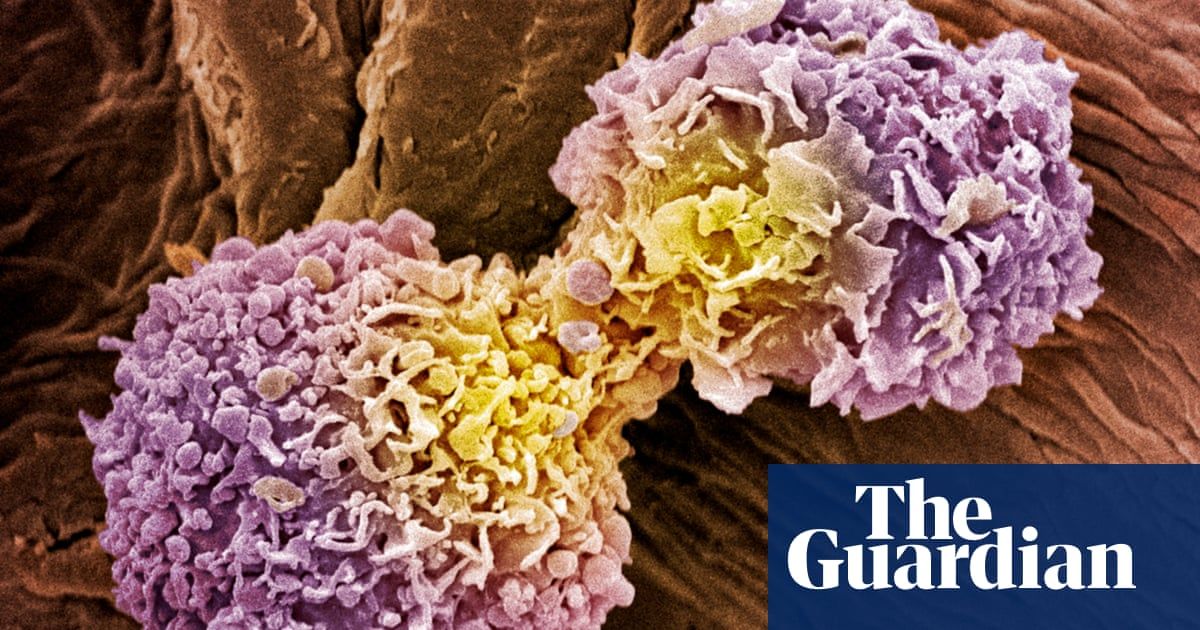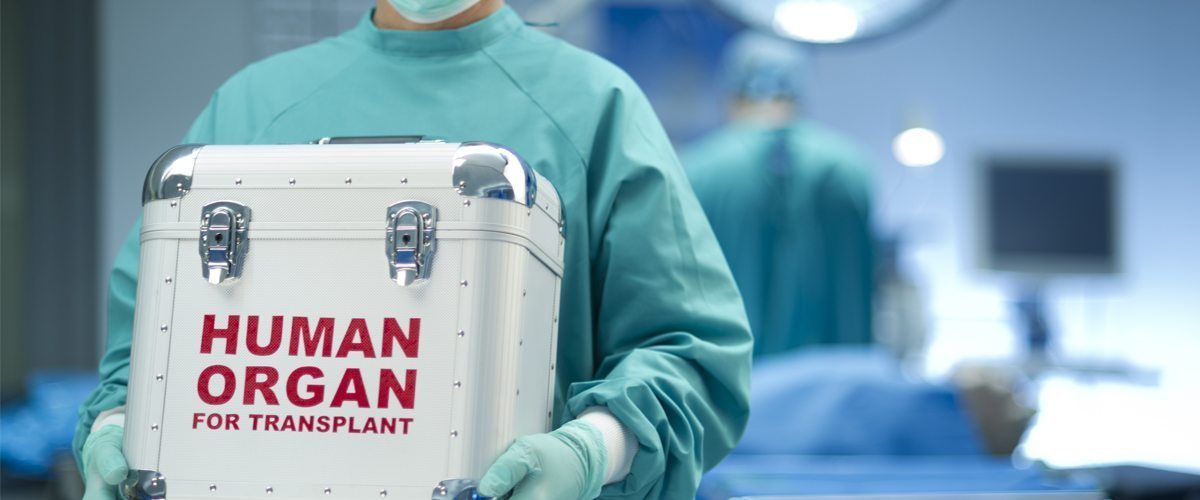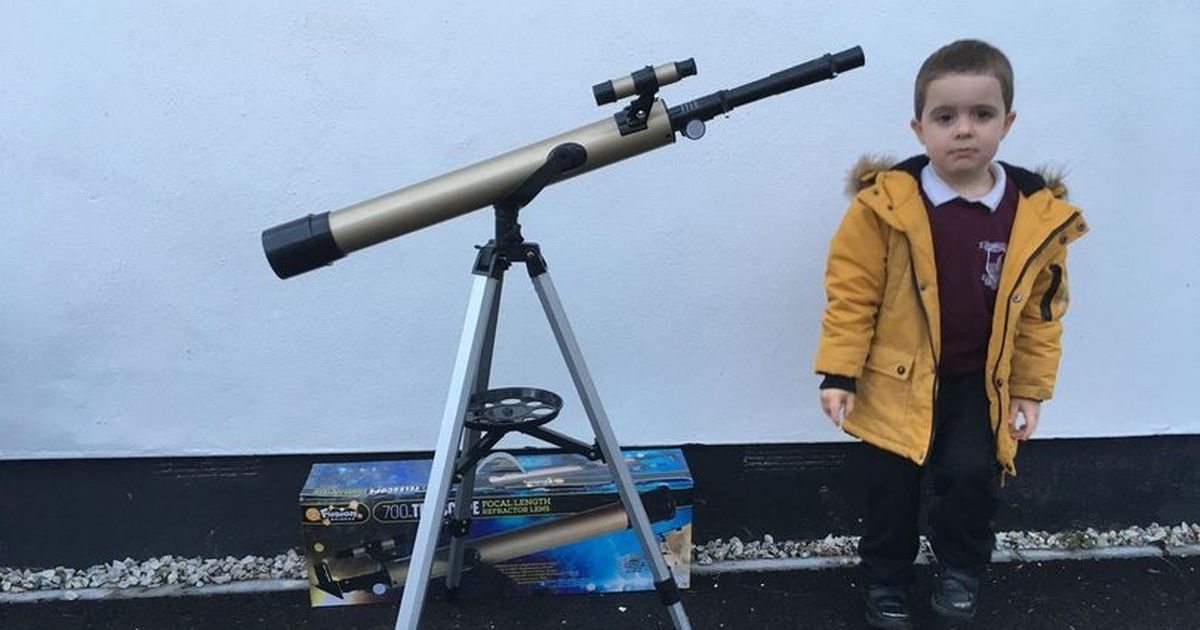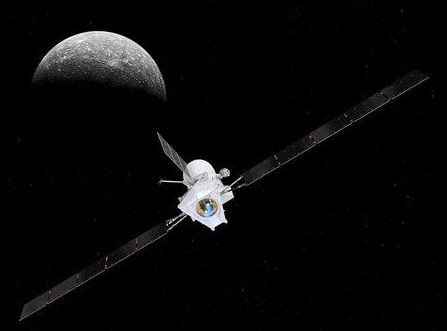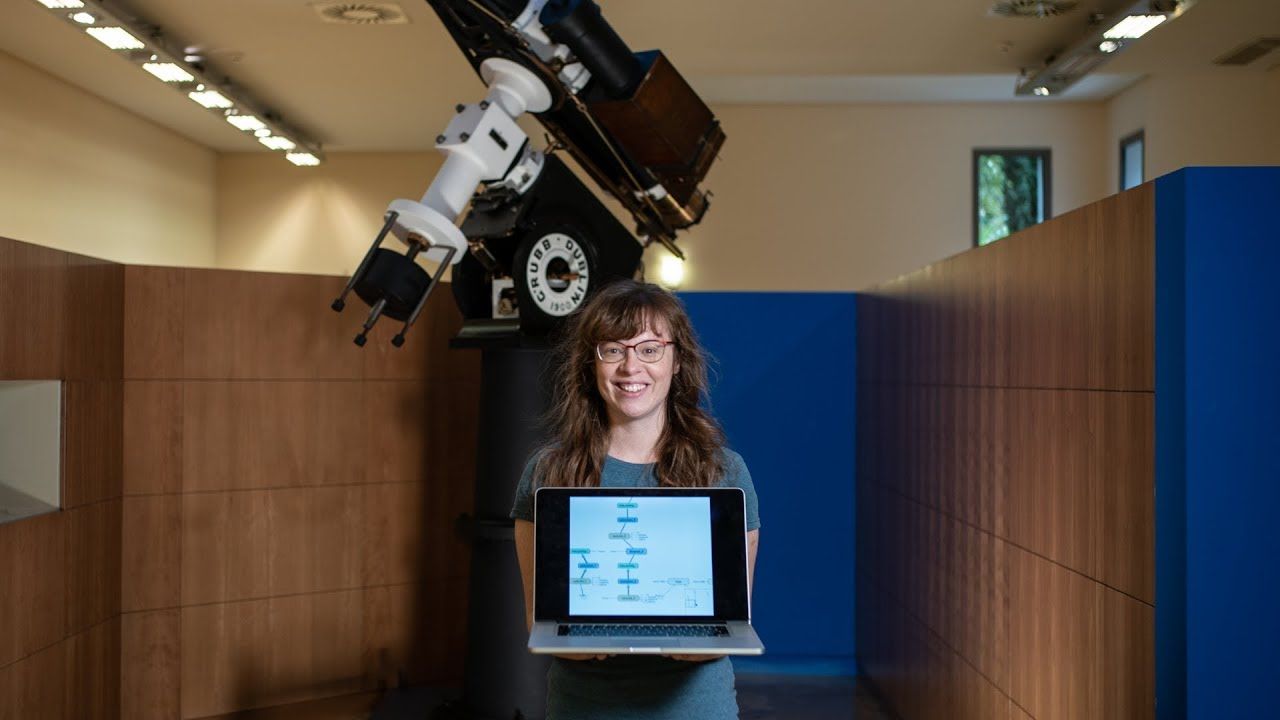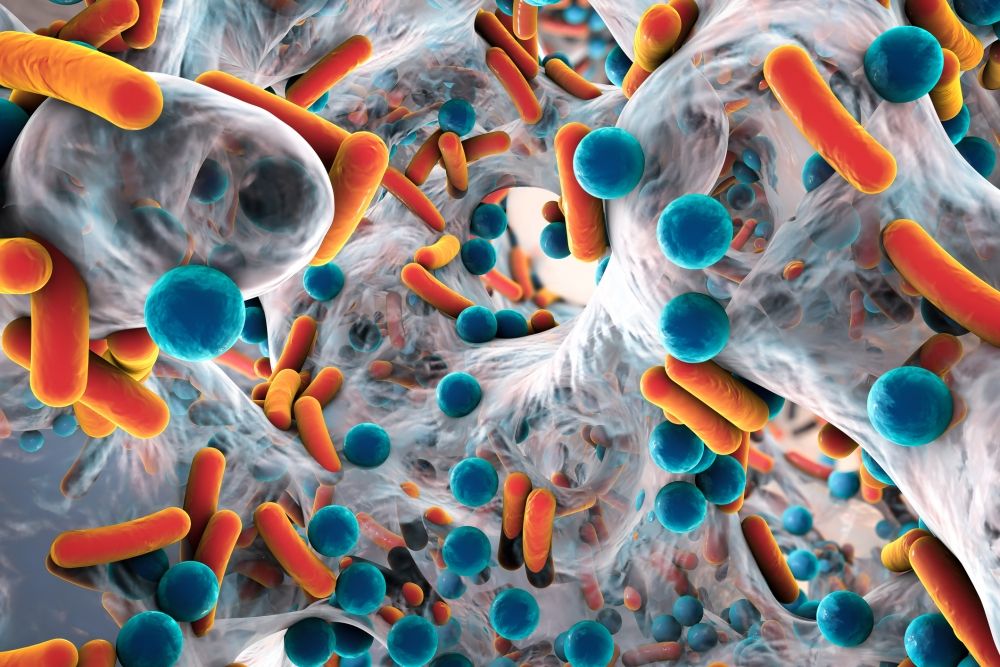The Ferox Azaris is a work of art to look at, and should offer some awesome rough terrain capabilities – but at its heart, it’s a test bed and demonstrator for a new, 98 percent efficient in-wheel motor, with a highly responsive fluid drive system that Ferox hopes will enable some pretty crazy future vehicle architectures.
Astronomy PH volume 3 number 4 is out!
Posted in space
Get your download links and links to past issues here: https://tinyurl.com/ycfhr6th
#AstronomyPH
One of the biggest obstacles to transplanting organs from one person to another is that the immune system of the person getting the new life-saving organ often tries to reject it. The immune cells see the new material as “foreign” and attacks it, sometimes destroying it.
Right now, the only way to prevent that is by using powerful immunosuppressive drugs to keep the patient’s immune system at bay and protect the new organ. It’s effective, but it also comes with some long-term health consequences.
But now researchers at Tel Aviv University in Israel say they may have found a way around that, using the patient’s own stem cells.
#BepiColombo’s thrusters have fired in space for the FIRST TIME. The electric ion propulsion ‘jetpacks’ are now ready for routine firing from mid-December onwards, steering BepiColombo on its interplanetary trajectory ahead of its swingby of Earth in April 2020. See https://www.esa.int/Our_Activities/Operations/BepiColombo_no…LMEBTF7xEw
What If You Fell Into Jupiter?
Posted in space
You never know how far your #SpaceApps solution will go! Gema knows that first hand. Hear about her project Deep Asteroid, which was a 2016 finalist, and how she used NASA data and the open-source tool Tensor Flow.
When NASA issued a worldwide challenge to help them better track the asteroids and comets that surround Earth, Gema Parreño answered the call. She used #TensorFlow, Google’s machine learning tool, to create a program called Deep Asteroid, which helps identify and track Near Earth Objects.
Special thanks to the Royal Observatory of Madrid. Learn more about them here: https://www.esmadrid.com/en/tourist-information/real-observa…gle.com%2F
Modeling the Microbiome
Posted in biological, health, mathematics, physics
What the study shows, the researchers said, is that the interactions between the bacterial populations are as significant to the host’s overall fitness as their presence — the microbiome’s influence cannot be solely attributed to the presence or absence of individual species. “In a sense,” said Jones, “the microbiome’s influence on the host is more than the sum of its parts.”
The gut microbiome — the world of microbes that inhabit the human intestinal tract — has captured the interest of scientists and clinicians for its critical role in health. However, parsing which of those microbes are responsible for effects on our wellbeing remains a mystery.
Taking us one step closer to solving this puzzle, UC Santa Barbara physicists Eric Jones and Jean Carlson have developed a mathematical approach to analyze and model interactions between gut bacteria in fruit flies. This method could lead to a more sophisticated understanding of the complex interactions between human gut microbes.
Their finding appear in the Proceedings of the National Academy of Sciences.


